2023 IUPAP Medal for the Physics of Life
We are delighted to announce the two awardees of the 2023 IUPAP Medal for the Physics of Life, Prof. John J. Hopfield, who founded bases of modern biological physics through his pioneering works, and Prof. Frank Jülicher, who made key contributions to birth and development of the novel field of biological active matter physics.
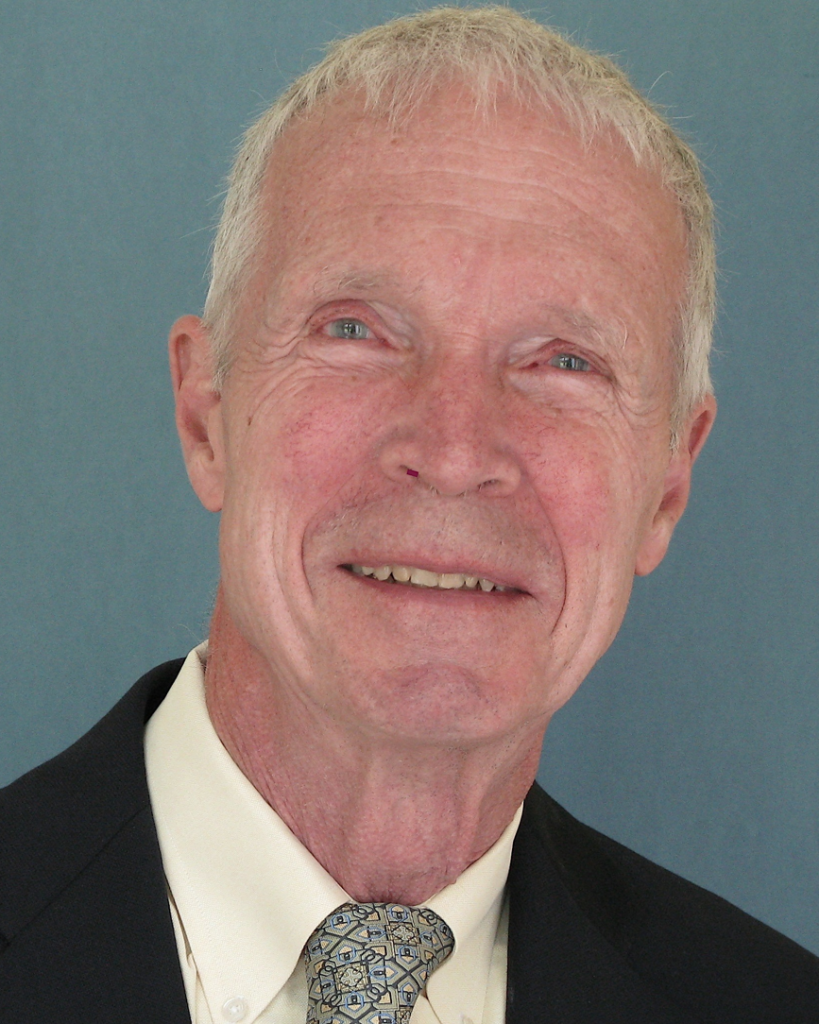
Dr. John J. Hopfield
“For his pioneering contributions to a wide range of biological physics, including cooperativity and electron transfer in proteins, proofreading in molecular information transmission, and concepts and applications of nonlinear dynamics of neural networks, which set a foundation for the modern engagement of theoretical physics with the phenomena of life.”
John Hopfield received a Ph.D. in Physics from Cornell University in 1958. He worked at Bell Telephone Laboratories, École Normale Supérieure, University of California at Berkeley, Princeton University, and California Institute of Technology, and he is now the Howard A. Prior Professor of Life Sciences, Emeritus at Princeton University. He received the IUPAP Boltzmann Medal (2022), the Benjamin Franklin Medal in Physics (2019), and the Dirac Medal from the ICTP (2001). He has been a member of the National Academy of Sciences USA since 1973.
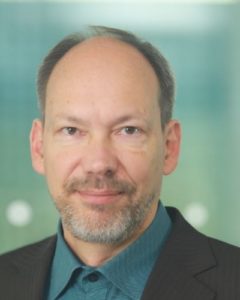
Dr. Frank Jülicher
“For his key contributions to biological active matter physics, shedding light on the physical mechanisms that underlie cellular processes, including cooperative molecular motors; hearing; flagellar beat; active gels, fluids, and droplets; the active cell cortex; tissue growth and patterning; protein phase separation in cells; and self-organization of active surfaces.”
Frank Jülicher received his Doctoral degree in Physics from the University of Cologne in 1994. He worked in the CNRS research position at Institut Curie, Paris, and he is now the Director of the Max Planck Institute for the Physics of Complex Systems and Professor of Biophysics at the Technical University of Dresden. He received the Gottfried Wilhelm Leibniz-Preis (2017), the Raymond and Beverly Sackler International Prize in Biophysics (2007), and the Robert-Wichard-Pohl Prize of the Deutsche Physikalische Gesellschaft (2006). He was elected as a member of the Deutsche Akademie der Naturforscher Leopoldina in 2022.
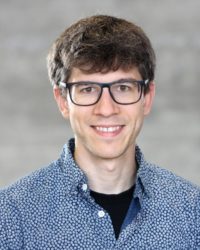
Dr. Ricard Alert
Max Planck Institute for the Physics of Complex Systems, and Center for Systems Biology Dresden, Germany
“For revealing how new phenomena in active matter underlie a wide range of biological processes, from the spreading of epithelial tissues, to turbulent-like flows in cytoskeletal networks, to the formation of fruiting bodies in bacterial colonies.”
Ricard Alert studied physics and obtained his Ph.D. at the University of Barcelona. In 2018, Ricard moved to Princeton with postdoctoral fellowships from the Human Frontier Science Program and the Princeton Center for Theoretical Science. He received the Antalgenics Prize 2022 from the Spanish Society of Biophysics. Since January 2022, he has been a research group leader at the Max Planck Institute for the Physics of Complex Systems in Dresden.
Ricard’s work linked physical principles to cooperative cell behaviors. Together with experimental collaborators, he proposed the notion of ‘active wetting’ to understand the spreading of epithelial tissues, and showed how social bacteria exploit the physics of active matter and topological defects to form fruiting bodies in response to starvation. He revealed that the limited ability of cells to sense and respond to nutrient gradients determines whether a cell population can perform stable collective chemotaxis. Ricard also worked on fundamental questions in active matter with deep implications for living systems. He discovered a new mechanism for phase separation in active matter, demonstrated using self-propelled colloidal particles, which could operate in groups of microorganisms or animals. Furthermore, he showed that turbulence in active fluids, such as cytoskeletal suspensions, follows universal scaling laws.
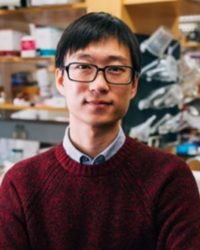
Dr. Ming Guo
Department of Mechanical Engineering, Massachusetts Institute of Technology, USA
“For his groundbreaking development of novel biophysical tools which, in turn, enabled his discovery of physical laws governing interactions of subcellular structures across scales of length from molecule to cytoskeleton to tissue, and across conditions spanning normative physiology, embryonic development and cancer invasion.”
After graduating Tsinghua University, Ming Guo studied applied physics at Harvard University and obtained his Ph.D. in November 2014. Since 2020, Ming Guo has been an Associate Professor of the Department of Mechanical Engineering and Associate Faculty of Physics of Living Systems Center and Center for Multicellular Engineered Systems at Massachusetts Institute of Technology.
Ming Guo has made significant contributions to our understanding of the cell as viewed in the contexts of collective non-equilibrium systems. He invented Force-Spectrum-Microscopy and established that random movements within the living cell are driven by stochastic force attributable to ATP-dependent enzymatic activities. He revealed that cancer cells have active cytoplasm in which intermediate filaments are critical for maintaining the mechanical integrity. Ming Guo also made groundbreaking contributions to our understanding of the spatiotemporal organization of cells. He used regenerated human systems to reveal the crucial importance of interfacial curvature in collective cellular assembly. He revealed the underlying physical principle of the spatiotemporal evolution of cell properties during cancer invasion. Ming Guo demonstrated how changing cellular physical properties across length scales –cellular to organismal– regulates cell biological behaviors, including cell signaling, gene expressions, and cell fate.
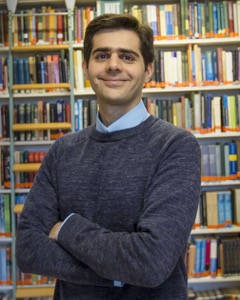
Dr. Amin Doostmohammadi
Niels Bohr Institute, University of Copenhagen, Denmark
“For his groundbreaking contributions applying the concepts of active matter physics and topological defects in biological contexts.”
Amin Doostmohammadi is the first Novo Nordisk Foundation Assistant Professorship at the Niels Bohr Institute and is the leader of the Active Intelligent Matter Research Group. He also has a cross-appointment as a Specially Appointed Assistant Professor at the Department of Bioengineering in Osaka University, Japan. Amin completed his undergraduate education in Engineering at University of Tehran, and obtained his Masters and PhD degrees from University of Notre Dame. Before joining NBI, Amin held a highly prestigious Royal 1851 Research Fellowship at Oxford University’s Rudolph Peierls Centre for Theoretical Physics.
Amin works at the exciting interface between physics and biology, modeling systems as diverse as swimming bacteria, molecular motors and tissue dynamics, with focus on biological processes such as mechanotransduction and collective cell migration. His lab has now also initiated an experimental programme at the Niels Bohr Institute. The main focus is on developing a suit of theoretical and computational models, along with well-designed experiments to lead innovative and collaborative projects in biophysics: of particular note Amin’s works have introduced the notions of division-induced activity, defect-mediated morphologies, and has further uncovered a mechanical route towards cell death and subsequent cell extrusion from tissues with applications to tissue regeneration and metastasis suppression.
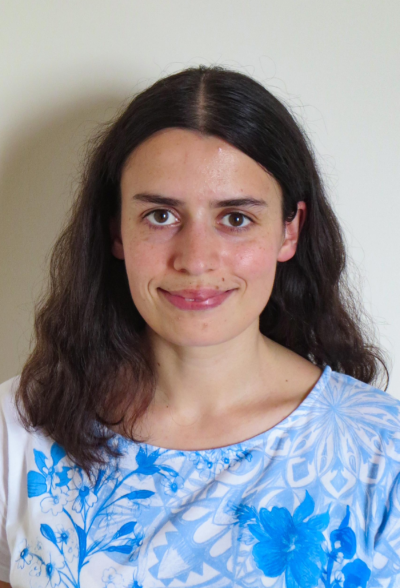
Dr. Anne-Florence Bitbol
Swiss Federal Institute of Technology in Lausanne, Switzerland
“For her significant contributions to predicting protein-protein interactions from sequence data and to modeling the evolution of microbial populations with complex spatial structures or time-varying environments, employing methods inspired by statistical physics.”
Anne-Florence Bitbol is an Assistant Professor at the Swiss Federal Institute of Technology in Lausanne (EPFL), where she leads the Laboratory of computational Biology and Theoretical Biophysics, within the Institute of Bioengineering, also affiliated to the Swiss Institute of Bioinformatics. She studied physics at ENS Lyon, and obtained her PhD in 2012 at Université Paris-Diderot, advised by Jean-Baptiste Fournier. She then joined the Princeton Biophysics Theory group led by William Bialek, Curtis Callan and Ned Wingreen, as an HFSP Postdoctoral Fellow. In 2016 she became an independent CNRS researcher at Laboratoire Jean Perrin of Sorbonne Université in Paris, before joining EPFL in 2020.
Anne-Florence is broadly interested in understanding biological phenomena through physical concepts and mathematical and computational tools. She investigates the impacts of optimization and historical contingency in biological systems, from the molecular to the population scales, using biophysical approaches. She studies how the protein sequence-function relationship is affected by phylogeny and physical constraints, and has proposed methods to predict protein-protein interactions from sequences. She also assesses how microbial population evolution is impacted by spatial structure and environment changes, with applications to antibiotic resistance evolution, and to the evolution of bacteria in the gut. She currently holds an ERC Starting Grant.
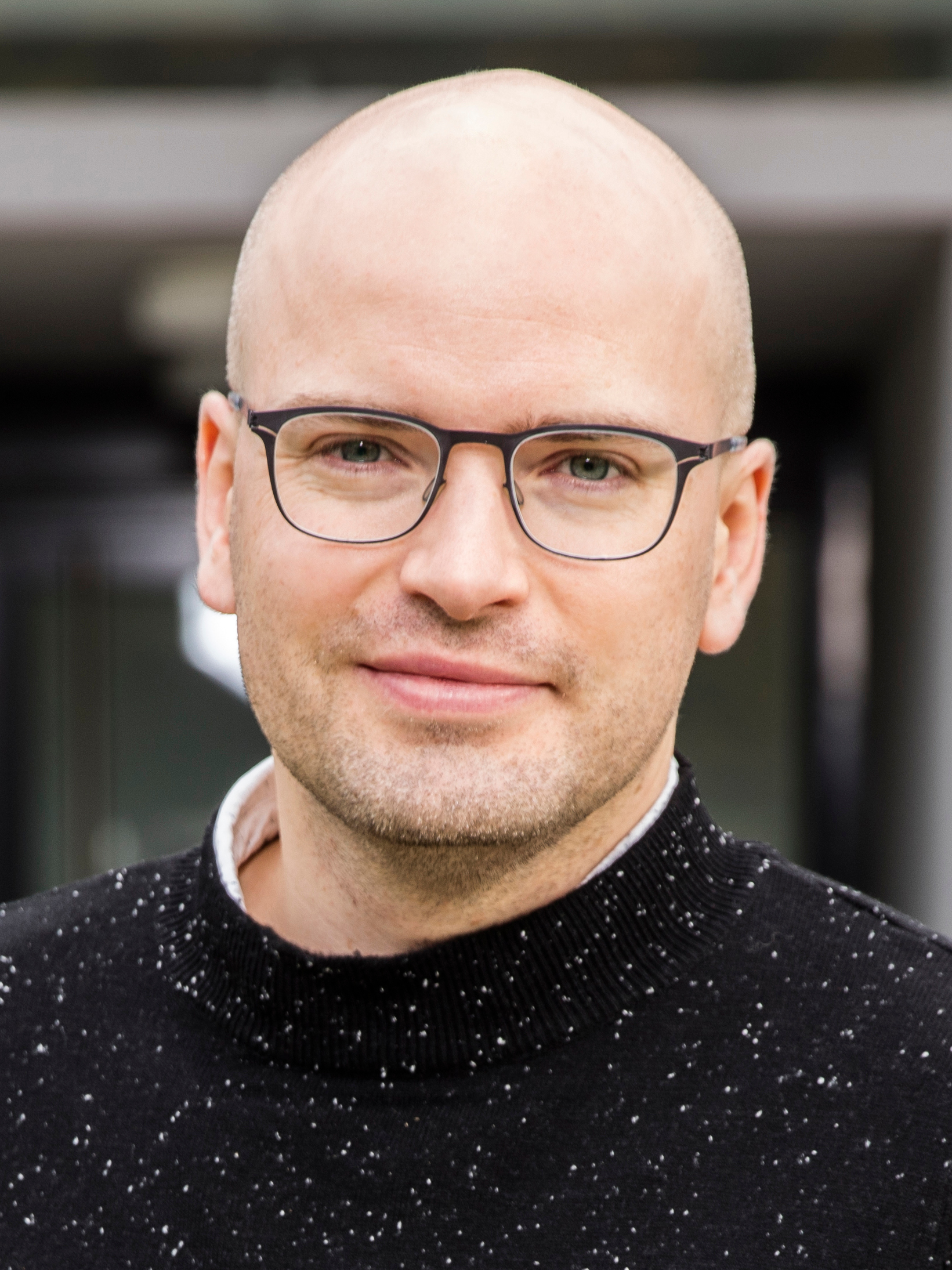
Dr. Knut Drescher
Max Planck Institute for Terrestrial Microbiology, Germany
“For his significant contributions to imaging and understanding the spatiotemporal development and function of bacterial multicellular behaviors, ranging from collective motion to bacterial biofilm communities.”
Knut Drescher is currently both a professor of biophysics at the Philipps-Universitaet Marburg and a Max Planck Research Group Leader at the Max Planck Institute for Terrestrial Microbiology in Marburg, Germany. Knut received his undergraduate education in physics at the University of Oxford from 2003-2007, before completing a PhD in biophysics at the University of Cambridge in 2011, where he pioneered measurements of flow fields around microorganisms and their hydrodynamic interactions. He became interested in bacterial multicellular behaviors and molecular biology during his postdoctoral fellowship at Princeton University, in the Department of Molecular Biology from 2011-2014. In 2014, Knut Drescher moved to Marburg, Germany, to take up his current positions.
Knut’s work focuses on understanding the morphogenesis of bacterial communities, and the evolutionary fitness consequences of life within bacterial communities. His work combines genetics, biochemistry, and biophysical techniques to explore molecular, physical, and evolutionary mechanisms underlying bacterial behaviors within communities. Most recently, he has developed live-cell imaging techniques for biofilms and swarms that simultaneously capture the single-cell dynamics and community dynamics, thereby facilitating major new insights into bacterial collective behaviors.
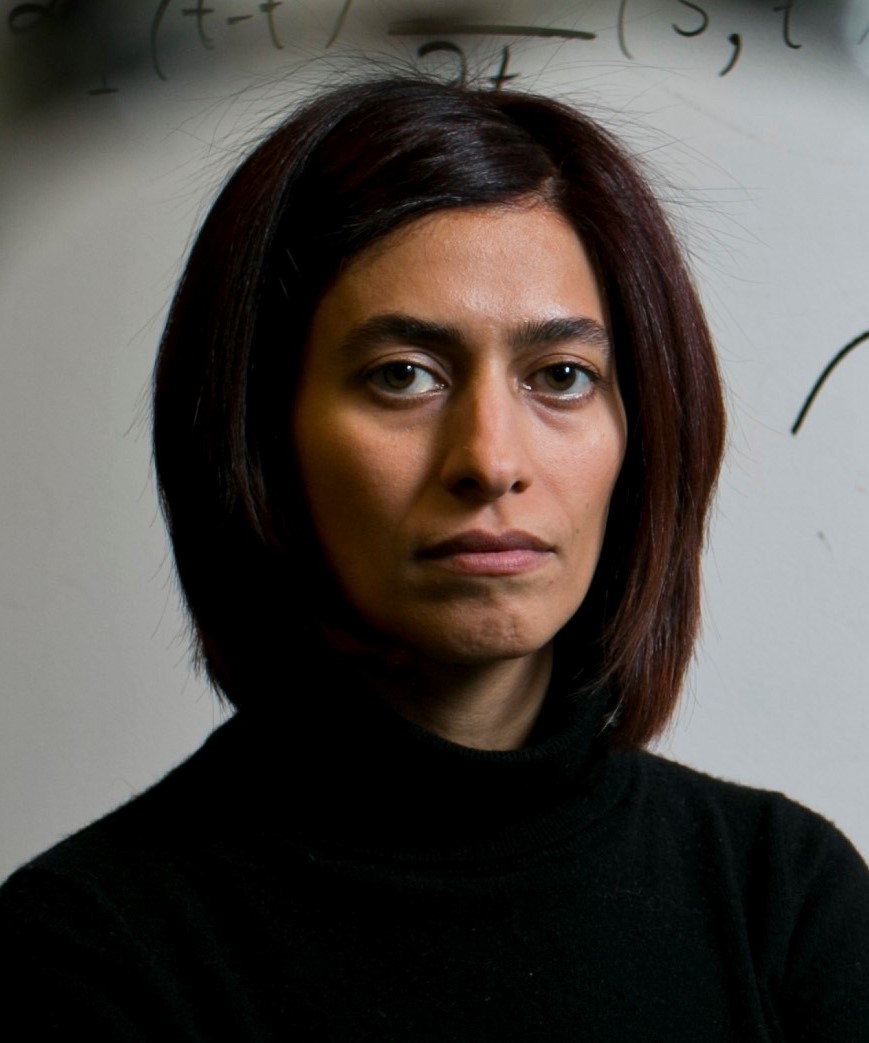
Dr. Nikta Fakhri
MIT, USA
“For her significant contributions to applying fundamental principles of thermodynamics to experimental nonequilibrium biological systems, and advancing our understanding of how molecular-scale non-equilibrium processes are manifest in the system dynamics at larger scales.”
Nikta Fakhri is Thomas D. and Virginia W. Cabot Career Development Assistant Professor of Physics at MIT (Cambridge, MA, USA). She completed her undergraduate degree at Sharif University of Technology, Tehran, Iran and her PhD at Rice University (Houston, TX, USA) in 2011. She was a Human Frontier Science Program postdoctoral fellow at Georg-August-Universistät in Göttingen, Germany where she pioneered the use and development of fluorescent single-walled carbon nanotubes as probes in soft matter and biophysics. At MIT, her lab focuses on identifying underlying principles of collective dynamics and complex spatiotemporal patterns in far from equilibrium biological systems.
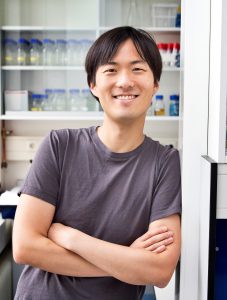
Prof. Dr. Hyun Youk
Delft University of Technology, the Netherlands
“For his elegant demonstration of how statistical physics, dynamical systems theory and experiments can be combined to address fundamental questions in cell biology, and his recent work that shows how cell-cell communication can shape the spatio-temporal dynamics of living cells.”
After his undergraduate studies in Physics and Mathematics from 2000-2004 at the Victoria College in Toronto, Canada, Hyun Youk moved to Johns Hopkins University in Baltimore to continue his studies in Astronomy and Physics from 2004-2006. In the following years, he did his PhD in Physics and Systems Biology under the guidance of Professor Alexander van Oudenaarden investigating glucose sensing and import in yeast cells at the MIT in Cambridge before he went in 2011 as postdoctoral fellow to the laboratory of Wendell Lim at the University of California in San Francisco where he studied autocrine signaling, one of the three major forms of cell-cell communication. In January 2015, Hyun Youk moved to Europe with a European Research Council (ERC) Starting Grant, and is since then establishing his own research lab as assistant professor of Physics and Quantitative Biology at the Kavli Institute of Nanoscience, TU Delft, in the Netherlands, where he continues with developing his ideas based on statistical physics and dynamical systems and experimentally demonstrating them in cells. A hallmark of Professor Youk’s work is that he selects important and highly complex biological problems that he then systematically deconstructs to extract fundamental design principles that underlie living systems, which are based on physical principles.
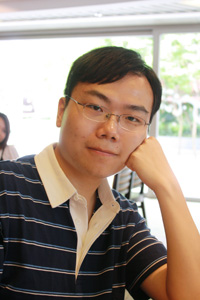
Dr. Siyuan Steven Wang
Harvard University, USA
“For his significant contributions to the development of novel methods for imaging the spatial organization of chromatin and to advancing the understanding of chromosome organization using these methods and for his significant contributions to bacterial cytoskeleton and cell wall research.”
Dr. Siyuan Steven Wang did his PhD work 2008-2011 in Molecular Biology at Princeton University under the supervision of Professor Ned Wingreen and Professor Joshua Shaevitz where he studied the mechanics, dynamics and organization of the bacterial cytoskeleton and the cell wall. His PhD thesis was honored with the Outstanding Doctoral Thesis Award in Biological Physics by the American Physical Society. In advance of his PhD period, he completed his undergraduate studies in Physics at Peking University under the supervision of Professor Qi Ouyang in 2007 with highest honors. In 2011, Dr. Wang moved to Prof. Xiaowei Zhuang’s lab at Harvard University to study chromosome structures in eukaryotic cells. He developed a ground breaking imaging technology for tracing chromatin in individual chromosomes circumventing the image resolution problem and enabling 3D tracing of chromosomes. The application of this novel method in chromosome conformation and other studies lead to several publications in high-impact journals in addition to this technology breakthrough.
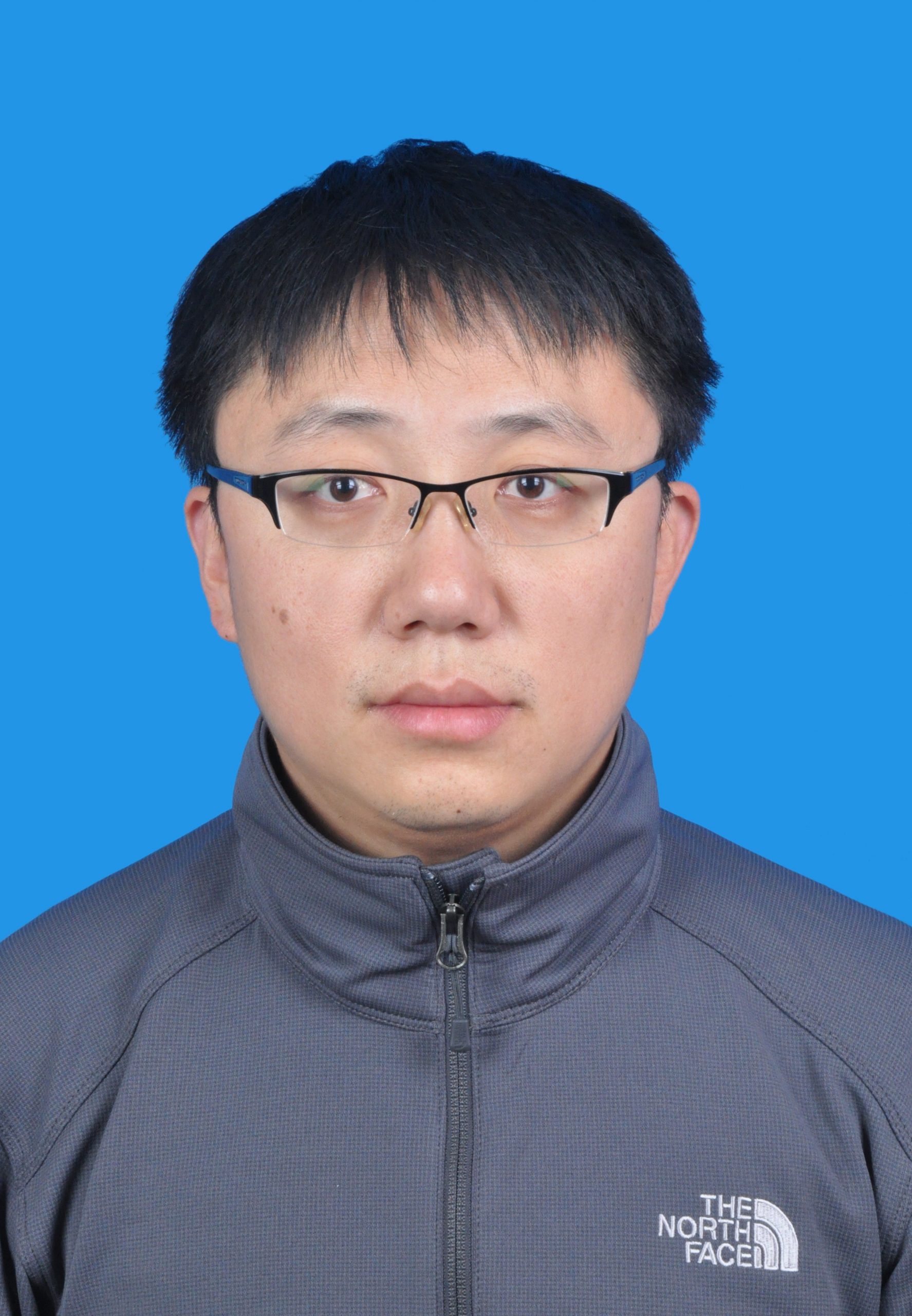
Dr. Jiajie Diao
“For his significant contributions to the area of single-molecule biophysics. He pioneered the development of single vesicle fusion assays based on FRET, which enables addressing many fundamental questions about biological systems involving membranes.”
After finishing his undergraduate studies of Physics with the Master Degree from George Washington University in May 2005, Dr. Jiajie Diao moved to the University of Illinois at Urbana-Champaign. There, he started his PhD in Physics under the guidance of Professor Taekjip Ha and studied membrane fusion through single-particle biophysical fluorescent techniques. After completing his five years PhD study in December 2010, he joined the lab of Professor Axel T. Brunger, first as postdoctoral research associate and later as research specialist at Stanford University & HHMI where he further improved his outstanding publication record with more articles on his membrane fusion research in high-ranking journals. Since the end of 2015, Dr. Diao started to establish his own biophysical lab at the University of Cincinnati, College of Medicine where he is leading several projects that are aimed at understanding the fundamental principles of neurotransmitter release and the effect of neurodegeneration on this process.




